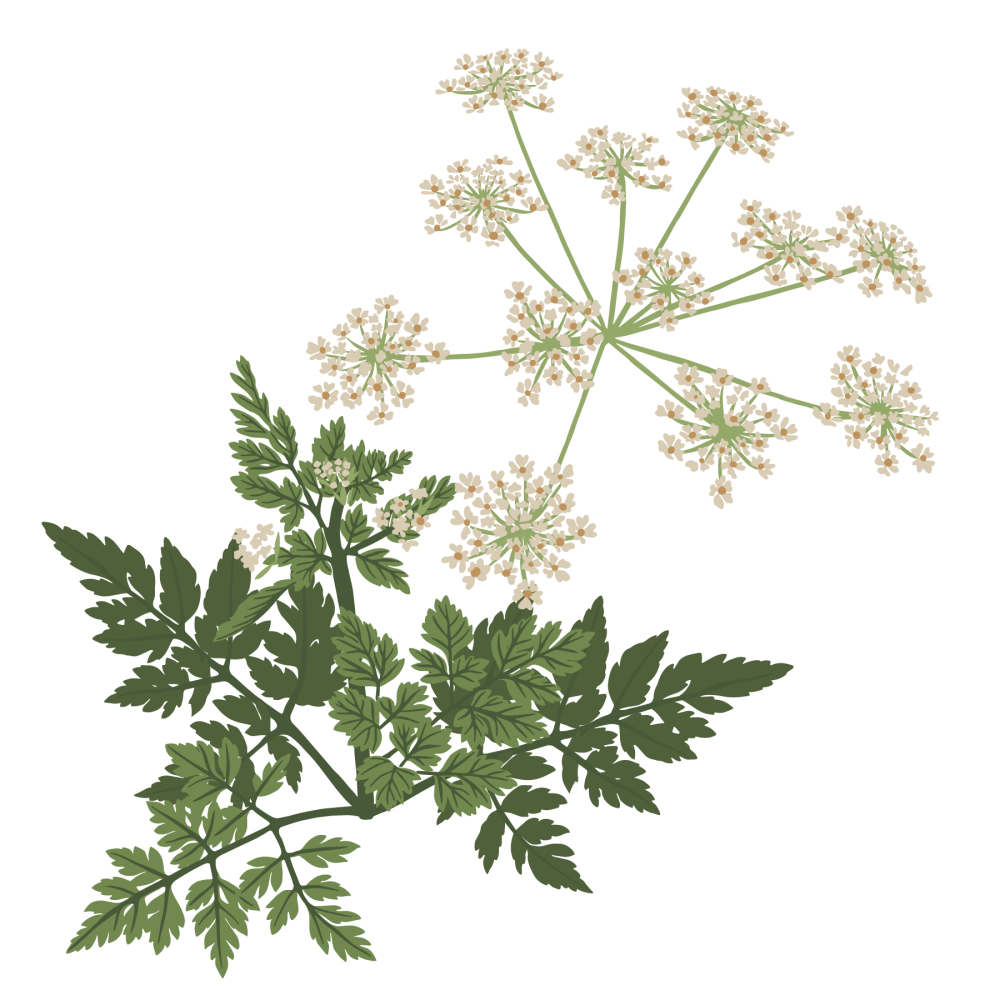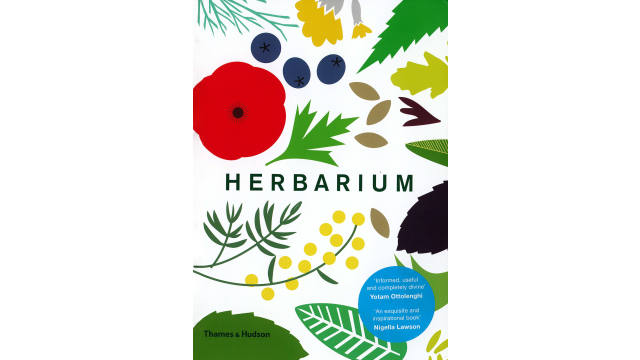Chervil

Latin name: Anthriscus cerefolium
Other names: French parsley, garden chervil
Uses: herb
What is chervil?
This small, delicate carrot-family herb adds something that dill and parsley just can’t: cuteness. It looks like tiny ferns, tastes like the Nordic countryside, and because it’s somewhat difficult to find in stores, it makes any plate it touches a little more special. Chervil may not be the best-known herb, but it’s worthy of a place in your kitchen and garden.
Why is chervil healthy?
Chervil’s frilly fronds contain vitamin C and a variety of minerals — iron, potassium, calcium, magnesium and zinc — but their most interesting compound is deoxypodophyllotoxin, a flavolignan that may have significant power to fight infections, inflammation, and cancer.
What does chervil taste like?
As expected for a member of its family, chervil is quite aromatic — it tastes sort of like a cross between parsley and dill (with which it shares a family) with a little tarragon flavor — slightly sweet and anise-y. Texture-wise, it’s more tender than parsley, but not as delicate or easily bruised as dill.
How do I use chervil?
Chervil is a delicate herb. It’s used a lot in French cooking (it’s one of the fines herbes) but don’t overlook its applications in German, Northern European, and Eastern European dishes. As a tender spring herb, it plays beautifully with other springtime foods like asparagus, peas, morels, baby carrots, and eggs. Stir some into a blob of crème fraîche for your next omelet. It brightens up creamy bisques, and loves being paired with chopped parsley and dill, sprinkled on pierogi with sour cream or cottage cheese gnocchi browned in butter.
What does chervil pair well with?
Because of its anise-y qualities, chervil also pairs surprisingly well with citrus and tomatoes. Sprinkle it on a pomelo salad (or anything spiked with yuzu) or try adding it to a tomato-orange soup.
Where does chervil grow?
Chervil is native to the Caucasus and surrounding regions but now grows wild throughout Europe. Once established, it will readily sow itself in garden beds, popping up in the cool season and blooming in late spring. To get a patch started in your own garden, plant seeds in early fall in a cool and moist location and once it’s done blooming in early summer either save the seeds or let them fall in place to return the following year.
How to buy chervil:
Look for bright green fronds and stems that aren’t wilted. Store it in the drawer of your fridge, and use it within a few days.
Fun chervil fact:
Chervil is one of the seven traditional herbs in the traditional Frankfurt springtime dish Grüne Soß — a green sauce that also includes parsley, chives, borage, sorrel, salad burnet, cress, and buttermilk. It’s typically served with boiled eggs and baby potatoes for Green Thursday, a Christian holiday celebrated the Thursday before Easter.




